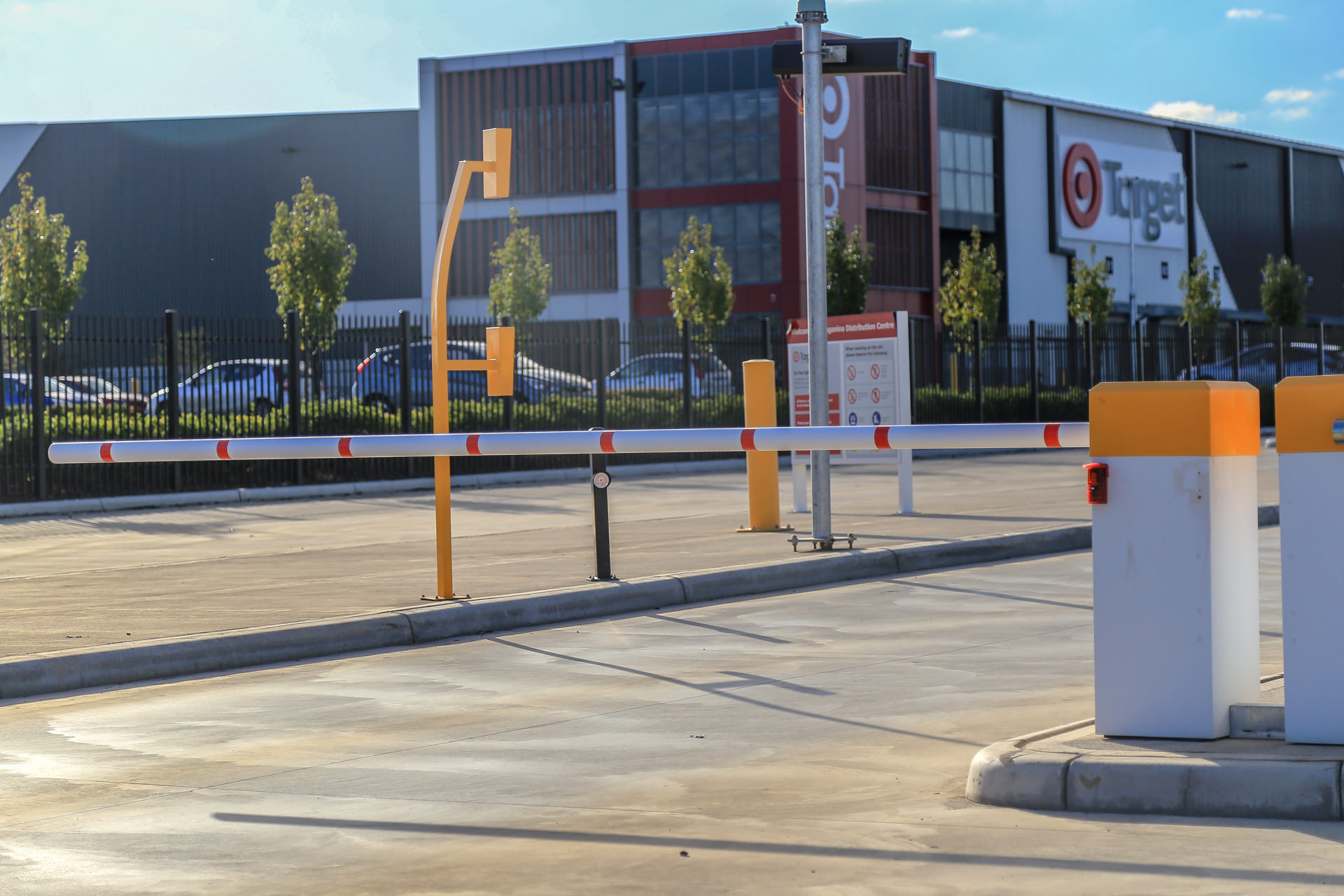
Counter Weight Door
A counterweight door system is a mechanism designed to assist in the opening and closing of heavy doors by using counterweights to balance the door’s weight. A counterweight garage door uses weights and pulleys to balance the door’s weight, making it easy to open and close. This system reduces manual effort, provides smooth operation, and enhances safety by preventing the door from slamming shut. It is ideal for large, heavy doors but requires more space for the counterweights and regular maintenance to ensure proper function. While more complex and costly to install, it offers durability and efficiency, especially in heavy-duty applications.
What are the Key Components of a Counterweight Door System?
- Counterweights: These are weights, usually made of metal, that balance the weight of the door. They are connected to the door via cables or chains.
- Cables/Chains: These connect the counterweights to the door and run over pulleys to transfer the force.
- Pulleys: These are wheels with grooved rims that guide the cables or chains, allowing the counterweights to move up and down as the door is opened or closed.
- Guide Rails/Tracks: These ensure that the door moves smoothly and stays aligned during operation.
- Door: The door itself, which can be made of various materials like metal, wood, or composite materials, depending on the application.
How does a counter weight door system work?
- Balancing: The counterweights are chosen to closely match the weight of the door. When the door is opened, the counterweights move downward, helping to lift the door with minimal effort.
- Control: The movement of the door is controlled by the guide rails and pulleys, ensuring it opens and closes smoothly.
- Safety: By balancing the door’s weight, the system prevents the door from slamming shut, reducing the risk of injury.
What are the common applications of a counter weight door system?
Industrial Settings: In warehouses and factories, where large and heavy doors are common.
Elevators: Some older or specialized elevator systems use counterweights for the doors.
Theater Stages: For moving large set pieces or backdrops smoothly and safely.
Loading Docks: To facilitate easy and efficient loading and unloading of goods.
Maintenance of a counterweight door:
Regular Inspection: Periodically check the cables, pulleys, and counterweights for wear and tear. Lubrication: Ensure pulleys and moving parts are properly lubricated to prevent friction and wear. Adjustment: Occasionally adjust the counterweights and cables to maintain proper balance and function. In summary, a counterweight door system is a practical solution for managing heavy doors, providing ease


